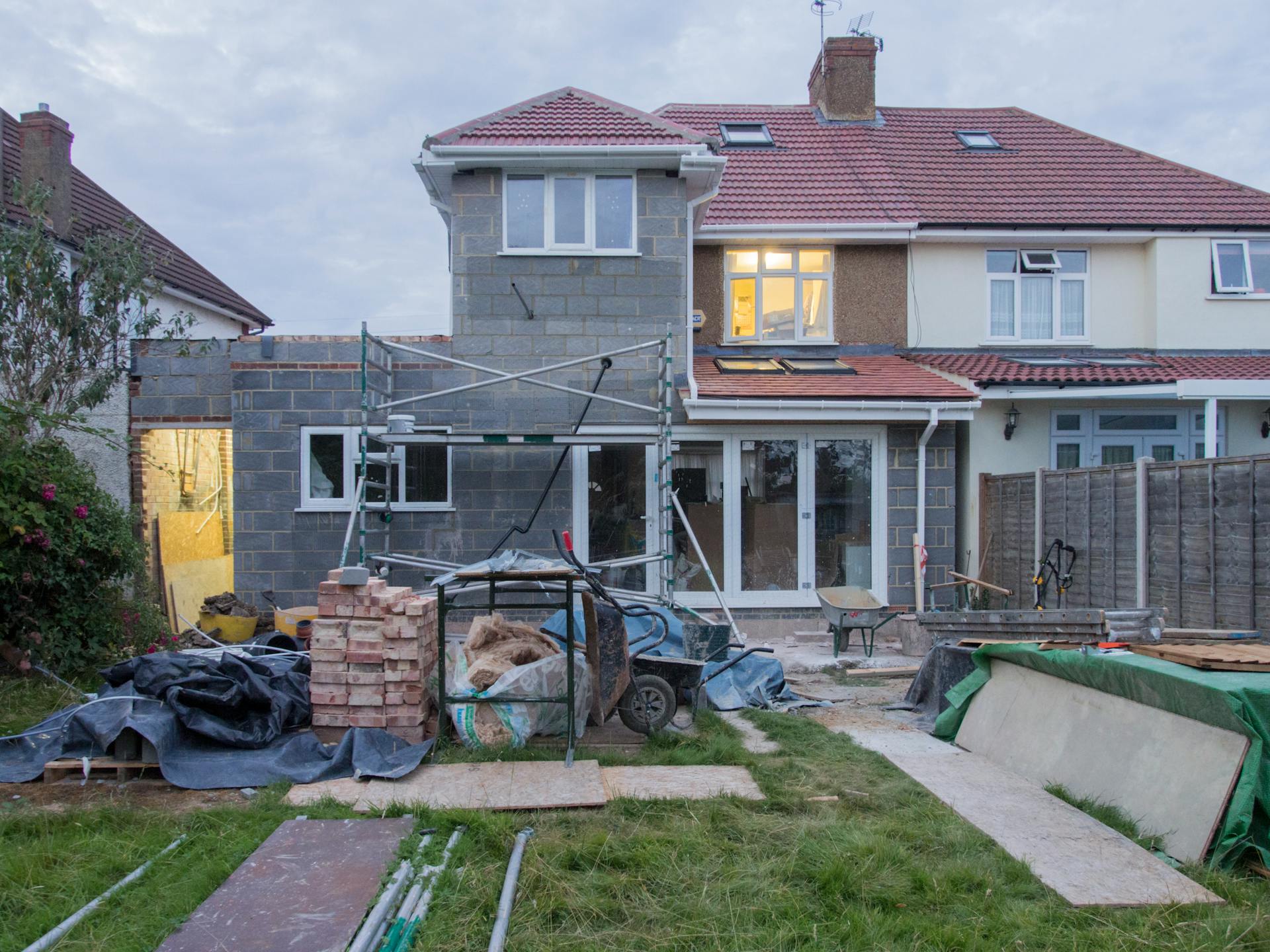

Question: What is the Most Expensive Part of a House Extension?
Answer: The most expensive part of a house extension is the structural work. This includes foundations, walls, roof, and load-bearing elements. Finishing costs can also add up significantly.
Planning Your Dream Extension: Understanding the Costs
A house extension project is an exciting endeavour, transforming your living space and potentially increasing your property value. But before diving into design plans and mood boards, it’s important to grasp the financial implications. Many homeowners wonder, “What is the most expensive part of a house extension?” While various factors influence the overall cost, some elements consistently command a larger portion of your budget. Understanding these cost drivers empowers you to make informed decisions and plan effectively.
Foundation and Structural Work
Laying a solid foundation, both literally and figuratively, is paramount for any extension. This phase often constitutes a significant portion of the total project cost. Excavation, concrete pouring, underpinning (if required), and structural framing contribute to the expense. The size and complexity of the extension directly impact the amount of materials and labour needed, ultimately affecting the overall cost.
Click here for more information on how to search Orangeville home value
Related Article: Can You Build an Extension Without Foundations?
Related Article: What is the Most Expensive Thing To Fix in a House?
Roofing and Exterior Finishings
Integrating the extension seamlessly with the existing house requires careful attention to roofing and exterior finishings. Matching existing materials, like shingles or siding, and ensuring proper insulation can be expensive. Complex rooflines or custom window installations further increase the cost. The choice of materials significantly influences the overall expense, with higher-end options commanding a premium.
Interior Finishings
While often considered less expensive than structural work, interior finishings can quickly accumulate. Flooring, drywall, paint, cabinetry, countertops, and fixtures all contribute to the overall cost. The level of customization and the quality of materials you select significantly impact the budget. Opting for high-end finishes or bespoke designs increases the cost significantly.
Windows and Doors
Windows and doors play a crucial role in both aesthetics and energy efficiency. Larger windows, custom sizes, or premium materials like triple-glazed glass increase the cost. Similarly, exterior doors with enhanced security features or specialized designs contribute to the overall expense. Balancing natural light with energy efficiency and security considerations requires careful planning and budgeting.
Unforeseen Costs and Contingency
Construction projects rarely proceed without unexpected challenges. Unforeseen issues, such as discovering asbestos or encountering difficult soil conditions, can lead to additional expenses. Setting aside a contingency fund, typically 10-15% of the total budget, helps absorb these unexpected costs and prevents budget overruns. This buffer provides financial flexibility and peace of mind during the project.
Additional Costs to Consider
Permits and Inspections:
Obtaining necessary building permits and scheduling inspections add to the project cost. These fees vary depending on the municipality and the scope of the project.Professional Fees:
Hiring an architect or structural engineer for design and planning adds to the initial expenses. These professionals ensure the structural integrity and compliance with building codes.Site Preparation and Cleanup:
Clearing the site, disposing of construction debris, and landscaping after completion incur additional costs.Temporary Living Expenses:
If the extension disrupts your living space, you might incur temporary accommodation costs during construction.
Conclusion
Determining the most expensive part of a house extension depends on various factors specific to your project. While structural work and systems often represent significant costs, finishings and unforeseen issues can also impact the budget. Careful planning, detailed budgeting, and a realistic contingency fund are essential for a successful and financially sound extension project. By understanding these cost drivers, you can prioritize your spending and make informed decisions to create the dream extension you envision, without unpleasant financial surprises. [ 1 ]
References
1. https://www.bark.com/en/ca/property-extensions/home-addition-cost/


